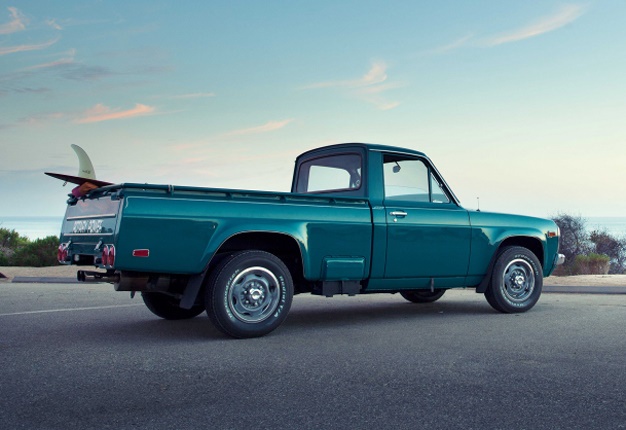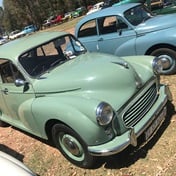As Mazda prepares a possible return of its rotary technology, very few people recall that rotor engines once powered a workhorse vehicle.
Most people associate the Mazda rotary engine with a succession of desirable Japanese two-door sportscars. But perhaps the most charming of all Mazda rotary vehicles was a bakkie.
The oil crisis during the 1970s transformed the global bakkie market.
Large capacity V8s were suddenly way too heavy on fuel, and customers started demanding smaller bakkies, with more efficient engines.
This change in customer demand played perfectly into the design-logic of Japanese engineers, who delivered a flood of compact bakkies to satisfy market demand that decade.
Mazda REPU (rotary-engined pick-up). Image: Mazda USA
Meet the REPU
By far, the most interesting of those bakkies was from Mazda. It was called the REPU (rotary-engined pick-up) and remained the only rotary-engined bakkie in history.
Using Mazda's second-generation B-series bakkie platform, the REPU added a 1.3-litre twin-rotary engine to this product line-up in 1974. Production only lasted until 1977 and sales were low, despite being marketed exclusively in the world's strongest bakkie market: North America.
The REPU was notably advanced for its time, being the first compact bakkie mounting front disc brakes, and with 203mm of ground clearance, it could gravel travel with little bother.
Its defining feature was the 13B rotary engine. Despite only displacing 1.3-litres, the REPU bakkie was good for 82kW - an impressive power output for any engine below 2.0-litres of capacity during the mid-70s.
Although low-speed torque is the powertrain requirement for any workhorse vehicle application, such as a bakkie, the REPU could effortlessly spin to 7000rpm. It even had a tachometer calibrated to 8000rpm – which would qualify as quite a rarity for most sports cars in the 1970s, never mind bakkies.
Mazda REPU (rotary-engined pick-up). Image: Mazda USA
Why it didn't work
Despite its charming looks and the smooth power delivery, Mazda's REPU bakkie didn't quite address the concern of its American target audience, who were downsizing from huge bakkies to more compact options.
As with all other rotaries of the time, fuel consumption was severe. Owners averaged 14-litres/100km, which was remarkably heavy for a 1.3-litre engine. By 1977, Mazda could no longer sustain a business case for building the REPU bakkie and discontinued it.
It might not have been a commercial success, but there is no question that Mazda's REPU bakkie was genuinely innovative. Whereas other Japanese compact bakkies of the 1970s were broadly similar in their specification, the REPU's unique engine configuration not only differentiated it but also delivered far superior performance.
Collectors greatly value these rotary bakkies, and although the 13B engine has a significant oil habit, many are still spinning in excellent condition.
Mazda REPU (rotary-engined pick-up). Image: Mazda USADisclaimer: Wheels24 encourages freedom of speech and the expression of diverse views. The views of contributors/columnists published on Wheels24 are therefore their own and do not necessarily represent the views of News24 or Wheels24.




 Publications
Publications
 Partners
Partners


















